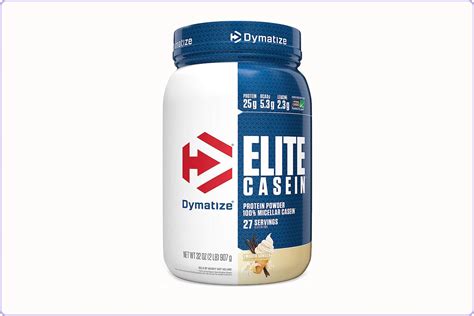Optimal protein timing for peak muscle recovery and growth?

For anyone serious about fitness, muscle recovery, and growth, protein is a non-negotiable macronutrient. It’s the building block of muscle tissue, essential for repairing microscopic tears caused by exercise and synthesizing new muscle protein. But merely consuming enough protein isn’t the whole story; the timing of that intake has long been debated as a critical factor. Is there an optimal “anabolic window” for peak results, or is the timing less rigid than once believed?
Deconstructing the Anabolic Window: Myth vs. Reality
For decades, the concept of a strict “anabolic window” post-workout dominated sports nutrition. This theory suggested that consuming protein within 30-60 minutes after exercise was crucial to maximize muscle protein synthesis (MPS) and prevent muscle breakdown. Missing this narrow window, it was believed, would severely hinder gains.
However, more recent research has refined our understanding. While post-exercise protein is undoubtedly beneficial, studies indicate that the “window” is far wider than previously thought, especially if a pre-workout meal containing protein was consumed. The anabolic state induced by exercise can last for several hours, making the immediate rush less critical for individuals who are consistently well-fed throughout the day.

The Power of Consistent Protein Distribution
Rather than focusing intensely on a single “window,” the scientific consensus now emphasizes consistent protein distribution throughout the day. Aiming for roughly 20-40 grams of high-quality protein every 3-4 hours appears to be more effective for sustaining elevated muscle protein synthesis rates compared to consuming large amounts infrequently. This steady supply ensures that amino acids are readily available for muscle repair and growth, optimizing the body’s anabolic machinery around the clock.

Pre- and Post-Workout Protein: Still Relevant?
Despite the broader anabolic window, consuming protein around your workout remains a valuable strategy. A pre-workout meal containing protein ensures amino acids are circulating during exercise, potentially reducing muscle breakdown. Post-workout, protein helps kickstart the repair process by providing the necessary building blocks when muscle tissue is most primed for nutrient uptake. The key takeaway is that the exact timing immediately surrounding your workout is less critical than ensuring you consume protein both before and after within a reasonable timeframe (a few hours).

The Benefits of Before-Bed Protein
Another often overlooked but highly effective timing strategy is consuming slow-digesting protein, such as casein, before sleep. During sleep, your body enters a prolonged fasting state, which can lead to a decrease in MPS. Casein protein provides a sustained release of amino acids overnight, supporting muscle recovery and growth while you rest. Studies have shown that ingesting 30-40 grams of casein protein before bed can significantly enhance overnight muscle protein synthesis and promote a more positive net protein balance.

Total Daily Protein Intake: The Undisputed King
Ultimately, while timing strategies can offer marginal benefits, they pale in comparison to the importance of meeting your total daily protein requirements. For active individuals aiming for muscle growth, a general guideline is to consume 1.6-2.2 grams of protein per kilogram of body weight (or 0.7-1.0 grams per pound) daily. If you’re not consistently hitting this target, no amount of precise timing will compensate.

Practical Recommendations for Optimal Protein Timing
- Prioritize Total Intake: Ensure you’re consistently consuming enough protein daily (1.6-2.2g/kg body weight).
- Distribute Evenly: Aim for 20-40 grams of protein every 3-4 hours throughout the day.
- Around Workouts: Consume protein 1-2 hours before and/or within a few hours after your training session.
- Before Bed: Consider a dose of slow-digesting protein (e.g., casein) or a protein-rich snack before sleep.
- High-Quality Sources: Focus on lean meats, poultry, fish, eggs, dairy, and plant-based proteins like legumes and soy.
Conclusion
The quest for optimal protein timing has evolved from a rigid focus on a narrow post-workout window to a more holistic understanding. While the “anabolic window” is wider than once thought, strategic timing — particularly consistent distribution throughout the day, around workouts, and before bed — can provide incremental advantages for muscle recovery and growth. However, the most critical factor remains consistent adherence to a sufficient total daily protein intake from high-quality sources. By prioritizing your overall protein needs and implementing smart timing strategies, you can effectively fuel your body for peak performance and muscle development.







